Every once in a while I get the urge to dig out some paints, or a few sticks of pastels, and set about reminding myself why I am a photographer. I don't really remember much about painting or "colouring-in" from junior school (aged 5-10) so it probably wasn't making much of an impression on me at that age, when it might have been grabbing the attention of other future Van Goghs or Kandinskys or Pollocks. I do remember making Easter chicks out of wool and cardboard discs, though only because there was clearly magic involved somewhere between the raw materials and the end result. I'm sure I wasn't in control of that little experiment at any time, but somehow it worked! And from secondary school onwards (11+) that's very much the way I have felt about those gifted people who make art from paint or pastels, chalk or charcoal or pens and pencils - there is magic going on somewhere, and I was absent from school the day the spells were taught.
From age 9 onwards, however, I was grabbed by the world of cameras and initially film. I could see something attractive or interesting in some way, I'd press a button, and a few days and a little pocket money later, I had my own miniature, 2D version in my hand. No mess, no inexplicable communication breakdown between my mind and my hand, and no feelings of being a complete and utter creative failure.
I went on to start the school's first ever photography club and built its first ever darkroom, and to complete the hat-trick of "things you weren't supposed to do at school" failed my final exams and went to college to study Media Arts & Technology instead of going to Oxford or Cambridge to read Latin and Classic Hungarian Literature of the 17th Century like all the other good little boys. (I did eventually find my way into University and out again with the appropriate scroll and silly hat, and on the way discovered many, many things I never want to do, but it was fun and I'd do it all again at the drop of that silly hat, but it had nothing to do with my real passion, photography.Anyway, I digress. What I really wanted to say was that throughout all these little adventures and different directions I have always had that silent wish in the back of my mind to be able to produce a painting. With age and experience I realise that a painting doesn't have to look like one of the grand master's to be art, and that I might be able to get away with a limited ability as long as my intention and message was strong, but I also realise that I'm not too concerned about "spreading a message" or "challenging beliefs" on canvas. Purely and simply, I actually do want to produce something that looks like it was painted by a master, but is relevant to my life, and the things I see. And that is where digital photography raises its hand and shouts "Me! Me! Me! I can do that!" from the back of the classroom. I remember the first time I got a copy of Photoshop Elements (it didn't even have a version number in those days) and saw with no little excitement things called "Paint Daubs", "Rough Pastels" and "Watercolor". I also remember, 5 minutes later, the feelings of total disappointment to discover that they didn't match up to my hopes at all, and in fact it was sometimes hard to tell afterwards which filter I had used.
A couple of years later, when I got a copy of Photoshop CS2, I half assumed, half hoped that there would have been big strides in the realism of these features, but sadly no.
A few actions have also made their way through to my desktop, most notably a set by Mike Finn - I think I was drawn by the name rather than the action, if I'm perfectly honest, but it still produces some acceptable results, though still not meeting my needs.
Around about the same time, there were a number of photographers on Flickr who were experimenting with layered textures to various degrees of success. This was a completely different approach to a common theme, and was one of those huge advances that comes about from time to time that totally transformed the world of photography, and it is still progressing a-pace now. The thought of taking a perfectly lovely photograph and slapping over the top of it a photograph of mud or cracked and broken concrete seemed ridiculous as an idea, but with a little experimentation of blending styles and contrasts the end result somehow looked as if it had been crafted with a thickly oiled brush on a heavy, ancient canvas.
I'll talk a lot more about my journey through texture work in future blogs, I'm sure, but before I lose your interest, and forget the point of THIS blog, I would like to tell you of a new landmark in digital photographic manipulation. At least I think so. I discovered it by chance, mentioned on a Red Bubble site by a talented photographer, Elaine Teague whose work I have been admiring for a while now, and it's called Dynamic Auto Painter.
I love it!
All of the photos in this blog entry have been produced with a very rudimentary understanding of the program. I have only downloaded the free version (it's not hard to get around the watermark problem!) and have probably used it for less than 2 hours so far due to some hectic photography jobs I've been working on this last week, but I'm just loving every minute of it. I think it uses the principle of the Art History Brush available on Photoshop which I find quite tricky to get to grips with, in that while it seems to be painting step by step onto a canvas, in reality it is revealing step by step a number of images layered underneath. One of the truly great things about D.A.P. is that you are not left waiting and waiting, staring at an unmoving screen, watching an egg timer occasionally revolve, before finally being presented with either a rubbish image that just gets you angry for having wasted your time, or telling you that it can't perform this operation due to total memory failure, or something. No, none of that. With D.A.P. you get to see your painting evolve at every step, at whatever speed and detail you choose. You can use your mouse to concentrate the processing on specific areas if you wish, and stop the whole procedure at any time. Like real life, if you set the mode to "continuous" the painting will never stop.There are so many preset styles to choose from including wax crayons, watercolour, oils etc and variable degrees of impressionism, surrealism and palettes to mess about with. I'll be honest, I'm having as much fun watching it do it's stuff as I am with the finished result. It's got that magic that always had me spellbound as a child, and still does as a grown-up, and I can see it happening on my own photos. What fun!
I don't know how much longer this love affair will last, and obviously I'd love to find out exactly how it is doing it so that I can do it all by myself, but for the moment I'm thoroughly enjoying messing about, without any of the mess. This, coupled with a liberal dose of cracked concrete texture layer and I fully expect to be exhibiting in Tate Modern this time next year.
Now, about those wooly chicks.....
My Digital Canvas
Labels:
art,
digital,
dynamic,
editing,
effect,
manipulation,
paint,
photography,
photoshop,
processing
Subscribe to:
Post Comments (Atom)
About Me
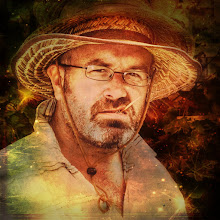
- Nigel Finn
- Comic, Raconteur, Artist, Philanthropist - Just some of the words I've heard recently. I've also heard "laminate", "Isolation", "antelope" and "rumbunctious."
Labels
band
(1)
bridport
(2)
entertainment
(1)
instruments
(1)
military
(1)
music
(2)
photography
(5)
street
(2)
Followers
Favorite links
My Blog List
Powered by Blogger.
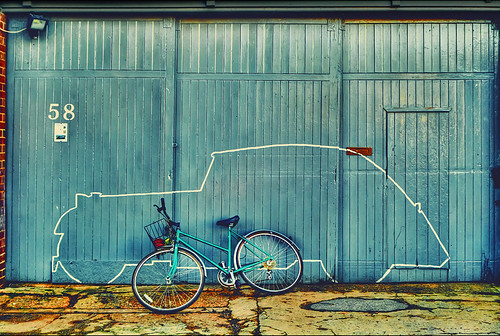


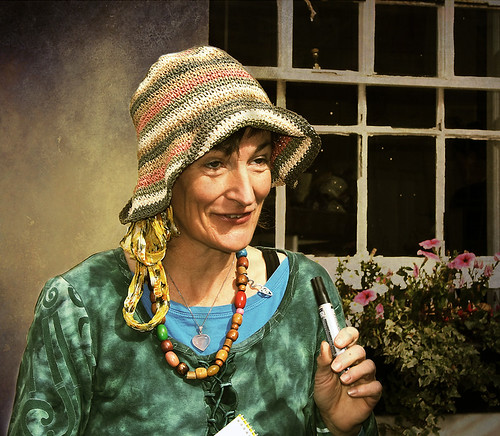

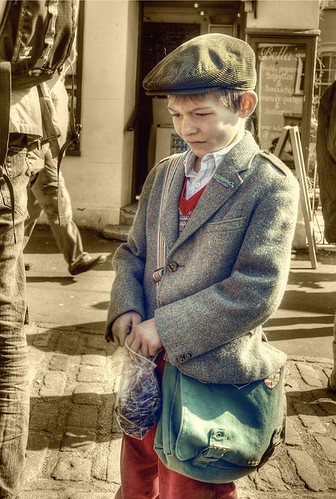
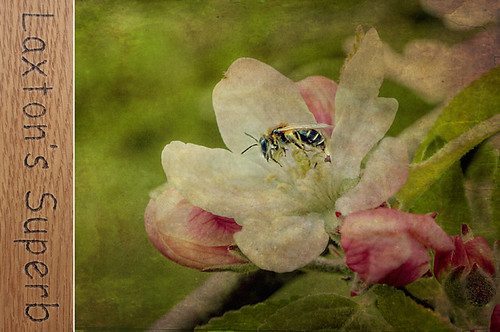


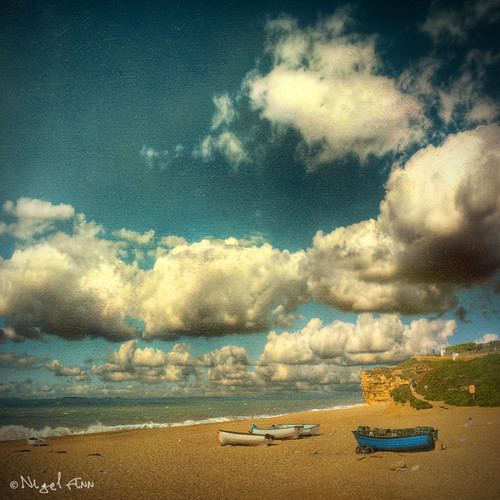










1 comments:
Wonderful effects, sounds like an interesting program.And if that's what you can create with only a 'rudimentary understanding of the program'well, I'm even more impressed!
I especially like the first one. I already liked this photo a lot when you posted it on Flickr, but the effect here really looks like it's a real painting. And I'm very tempted to actually try and copy it with some colours and a piece of paper! :)
Also like the dog in the last one, so sweet!
Post a Comment